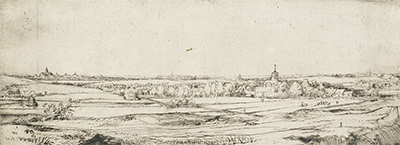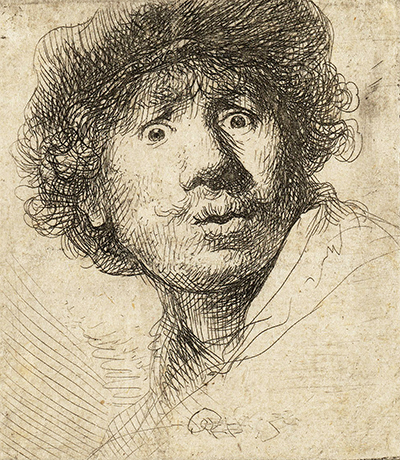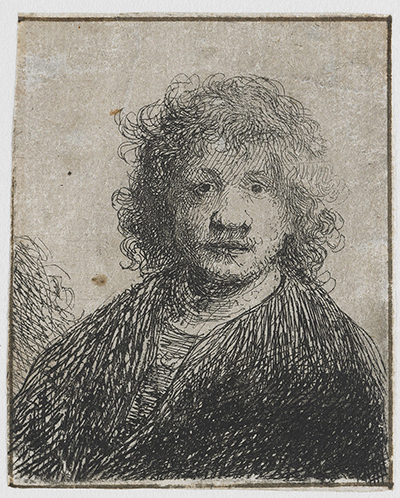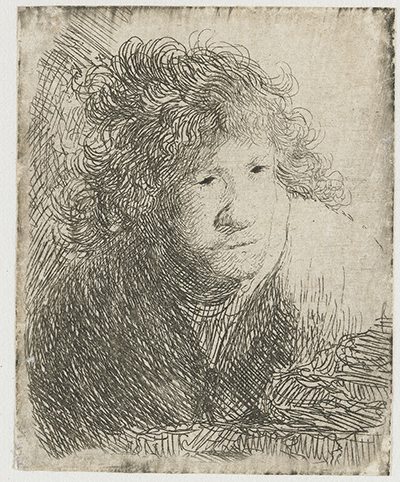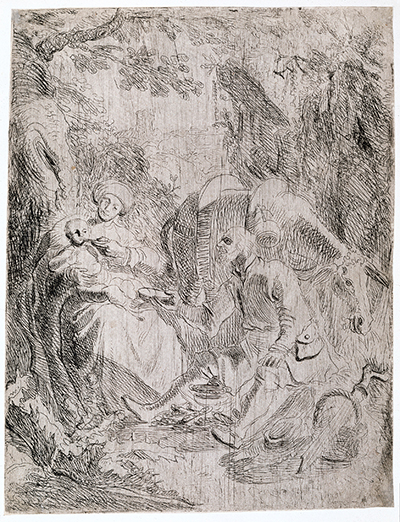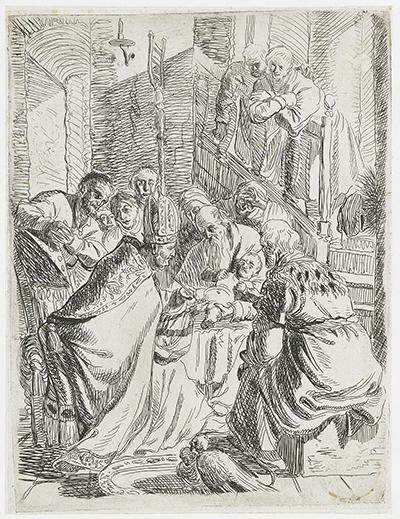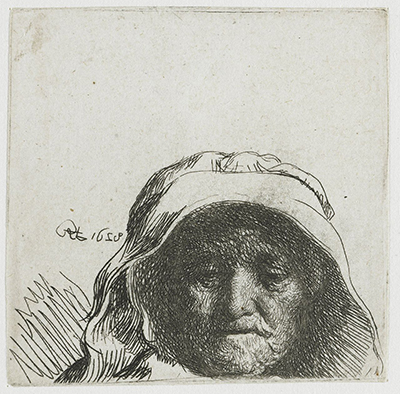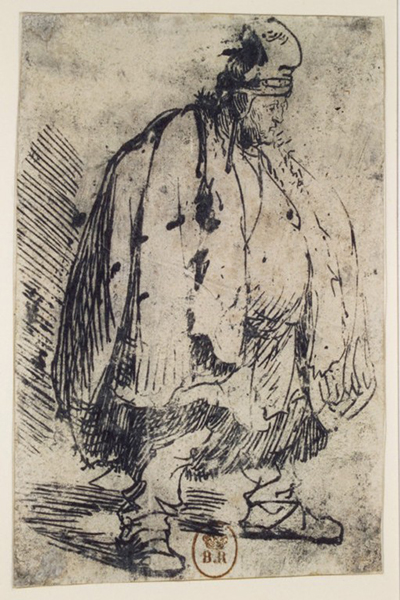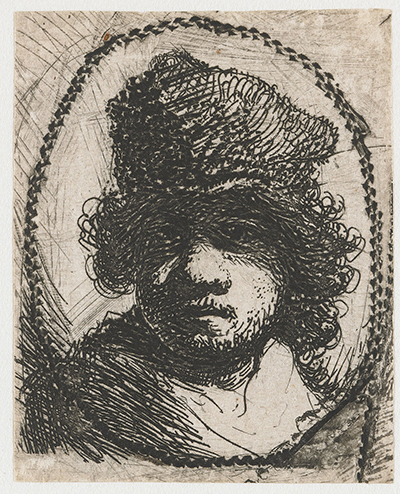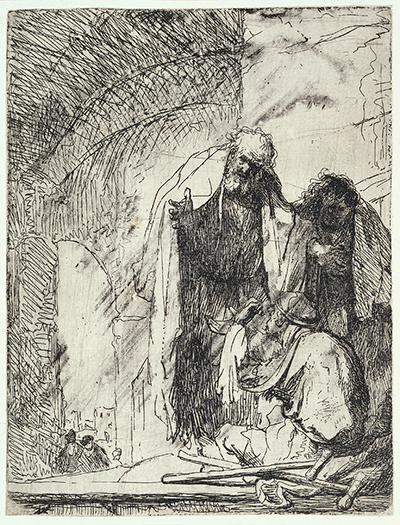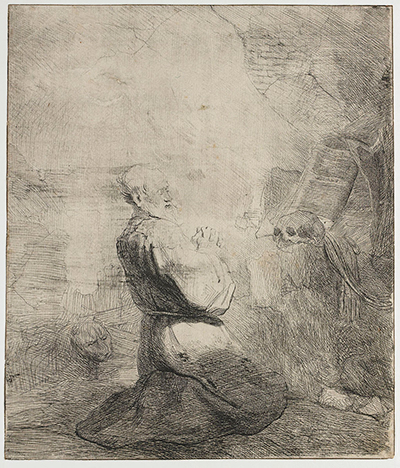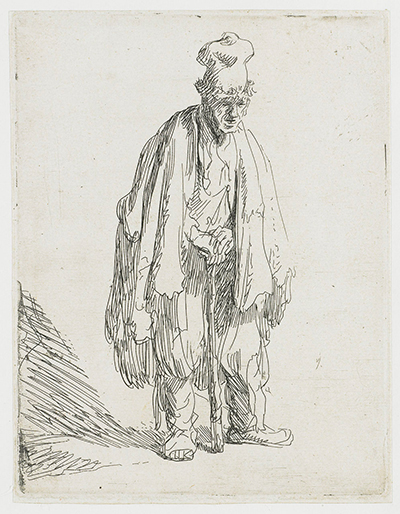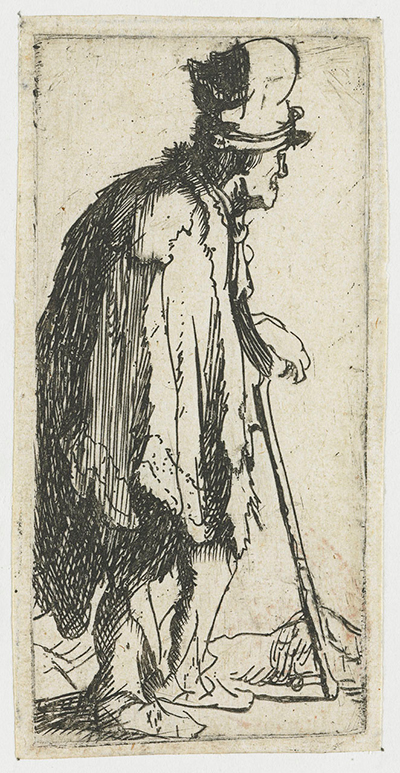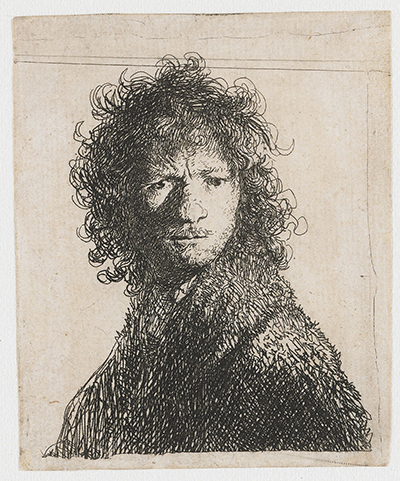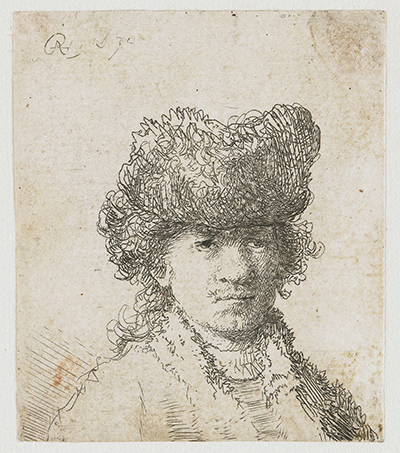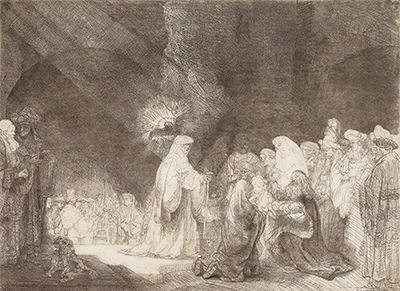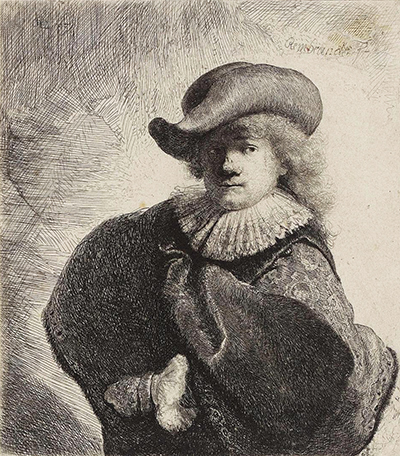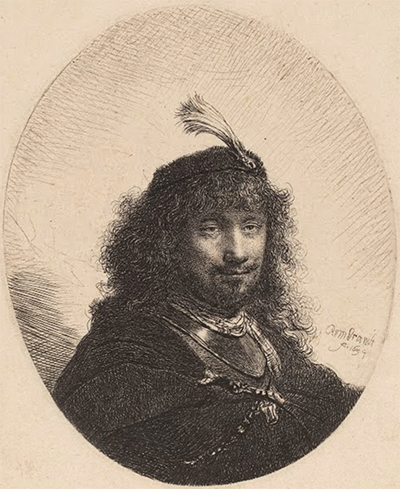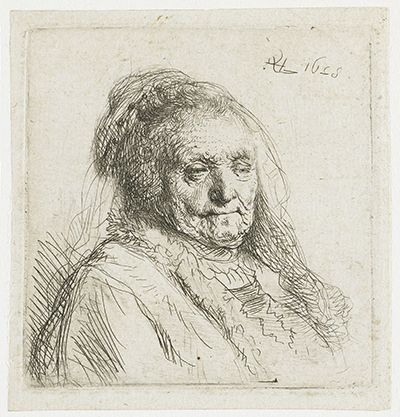Rembrandt's reputation within his own lifetime was built on the success of his series of etchings, and here we look into the qualities of his work in this technically demanding medium.
Introduction: Rembrandt's Early Etching Endeavors
In the modern day it is his paintings that dominate one's memories of Rembrandt but this was not the case in the days that he was setting about establishing his reputation. Rembrandt would make use of a simple etching needle with copper plates in a medium which was relatively new at that time.
The artist also excelled in sketching and painting. Later etchers would experiment with different tools and techniques on top of Rembrandt's achievements but no-one could achieve the standards that he had set.
Exploring the Diverse Themes in Rembrandt's Etchings
At this time in Europe there was no photography and a good etching could serve as an artistic treat and also an educational element on all manner of topics. Rembrandt would cover biblical themes, landscapes, portraits and nudity within this highly skilled medium.
One of the secrets of his success in this very technical medium was to combine imagination and spontaneity with a scrupulous eye for every last fine detail. His work here became highly prized across Europe during his own lifetime, where as interest in his paintings came at a later date.
Comparing Etching Tools and Techniques in the Northern Renaissance
Engraving was the more common tool used by artists from the Northern Renaissance at this time, perhaps Albrecht Durer's engravings are the most famous. William Hogarth and Giovanni Battista Piranesi were also highly significant. The cover of resin over the plate gave Rembrandt the opportunity to make adjustments to his work as he went along.
Any changes could be completed by applying further resin. Acid is then applied to prepare for the final print. A single copper plate could be used and adjusted for whole series of artworks, providing multiple prints which Rembrandt sold on to his followers.
Challenges and Triumphs in Etching Production
The precise methods used by Rembrandt to fine tune his etchings were never passed on to members of the studio and there remains forever that mystery over just how exactly he created these inventive finishes. Modern research techniques are still not available to uncover these secrets.
This intensive production process could take its toll on some etchers due to the strong fumes of the acid. This would not put off Rembrandt, however, who would count this medium as one of his preferred and most successful ones. James Whistler, Anthony van Dyck and Edgar Degas are perhaps the other most famous etchers. Many individuals are astonished to discover that Rembrandt's etchings, not his canvases, were in charge of the universal notoriety he enjoyed in amid his lifetime.
Rembrandt's Etchings vs. Paintings: A Shift in Perception
The uncommonly high respect Rembrandt's peers had for his etchings was reasonable, for in under four decades, he had pushed the moderately new medium to its high breaking points. While later printmakers attempted to coax more from their etchings by adjusting the procedure, assaulting the plate with new devices and imprinting on unexpected surfaces, nobody at any point accomplished more prominent outcomes than Rembrandt achieved with a first drawing needle and copper plates.
In the days of Rembrandt in Europe, print, etching or woodcut filled a need that today is met mutually by a masterpiece and a news photo. It gave them tasteful happiness and furthermore fulfilled their interest about removed places and individuals; it was, other than the printed word itself, the Seventeenth Century's real methods for mass correspondence. Distributors and craftsmen themselves circulated quantities of prints.
A Closer Look at Rembrandt's Etching Technique
Some appeared as basic broadsheets; others outlined books; others replicated exclusive canvases out of reach to general visibility. Subsequently, Rembrandt's fame while he lived, was more prominent as an etcher than as a painter. The recognized ace of the medium, he transformed it into a wondrously flexible instrument of his specialty.
Scriptural topics, classification, scenes, representations, nudes, all these he discovered appropriate for etching. As much in charge of devices as of system, Rembrandt in some cases utilized even the Angular etcher's burin in his prints, consolidating it with the first scratching needle and thicker drypoint needle, as in the work inverse, for wealthier pictorial impacts.
Most importantly, Rembrandt's awesome blessing as an etcher lay in protecting a feeling of suddenness while conscientiously taking care of close detail. For him, each etching began in the profoundly felt need to make that specific print. In etching same as in painting, Rembrandt worked with an innovativeness not seen before his day.
In time seventeenth Century authorities came to prize his etchings significantly more than his work in oil, and all through his profession his prints delighted in a decent global market. As late as 1669, the time of his demise, while as indicated by myth he was grieving in devastated haziness, a Sicilian aristocrat brought 189 etching from him.
Before Rembrandt's time, the method of etching was more frequently utilized by printmakers than drawing. In the previous procedure, the craftsman works individually on a metal plate, typically copper; to make his plan he arduously cuts lines into its surface with a thin, corner to corner honed steel pole called a burin.
The abundance metal hurled next to the wrinkle cut by the burin is painstakingly scratched away before the plate is inked and prints are pulled from it. The visual impact of etching is one of perfect, general lines. Most printmakers mull over this by turning around their outlines exactly when they exchange their preliminary illustrations to their plates.
Rembrandt, nonetheless, appears not to have thought much about this; his worry was with the quality as opposed to the pompous precision of his work. Along these lines, some of his carved self-pictures demonstrate him working with what is by all accounts his left hand in spite of the fact that he was in actuality right-gave, and some of his marks show up in reverse mirror script.
Rembrandt's first etchings might be dated around 1626 when he was 20, and the not very many surviving impressions of such a work as the Rest on the Flight to Egypt display the two his freshness and his energetic reaction to the medium. He had no idea of influencing his print to resemble an etching, however, utilized a free, writing stroke; the defensive baying on his plates was delicate, allowing him to move his needle with the smoothness of chalk or pen on paper.
Inside a few years after his first endeavours, Rembrandt had turned into an ace of carving. The picture of his mom, dated 1628, is a phenomenally infiltrating character examine, executed by the 22-year-old craftsman in a system of almost negligible differences that catch the play of light, shadow and air with an aptitude far surpassing that of Callot or any Dutch etcher.
The refinement of his system seems to be even higher in the following image of his mom, in 1631, in which endless rushing, hair-thin strokes are utilized to develop his chiaroscuro and surface. Over the span of his career, Rembrandt influenced scores, to even several impressions from a significant number of his roughly 290 plates. None of the etchings is more significant than 21 by 18 inches; many are of postcard estimate or littler, and one, The Little Polander, measures just 75% of an inch wide and two and one-quarter inches high.



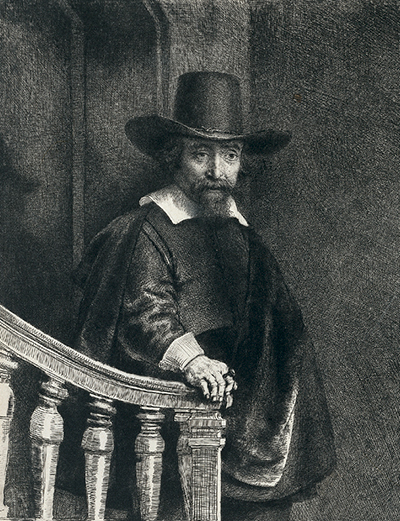
 Rembrandt.jpg)
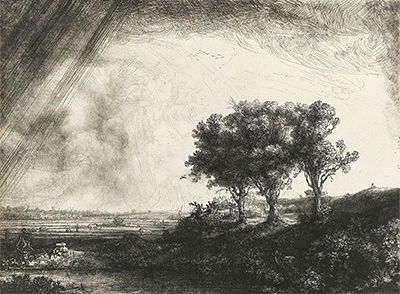
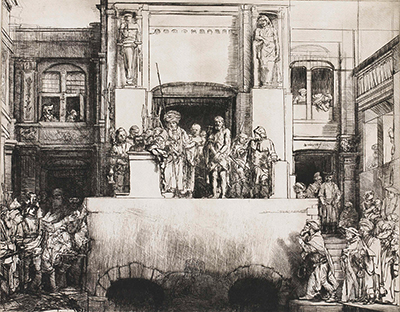
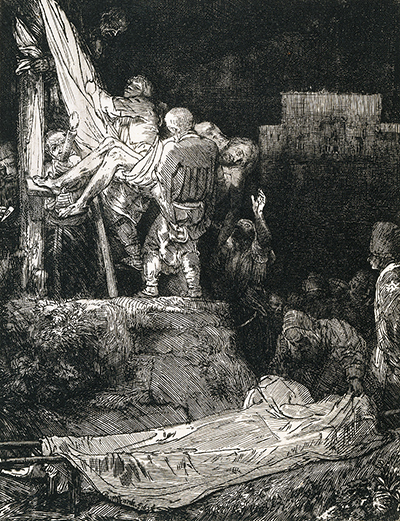
 Rembrandt.jpg)
